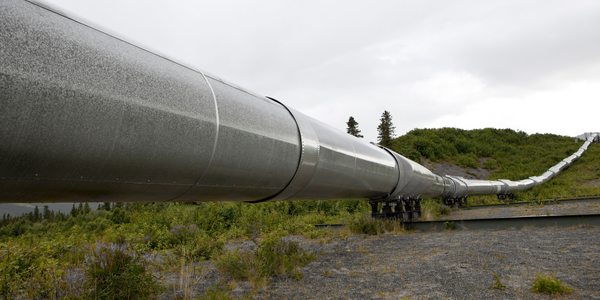Customer Company Size
Large Corporate
Region
- Asia
- Europe
Country
- Australia
- United Kingdom
Product
- Circadence MVO™ WAN Optimization Suite
Tech Stack
- Microsoft SharePoint
- Azure Cloud
Implementation Scale
- Enterprise-wide Deployment
Impact Metrics
- Productivity Improvements
- Cost Savings
Technology Category
- Infrastructure as a Service (IaaS) - Cloud Computing
Applicable Industries
- Oil & Gas
Applicable Functions
- Business Operation
Use Cases
- Process Control & Optimization
Services
- Cloud Planning, Design & Implementation Services
About The Customer
BP is one of the world's leading oil and gas companies. BP operates in all areas of the oil and gas industry, including exploration and production, refining, distribution and marketing, petrochemicals, power generation and trading as well as renewable energy activities in biofuels and wind power. Headquartered in London, England, BP employs over 83,000 employees in more than 80 countries and operates nearly 18,000 retail sites worldwide.
The Challenge
BP deployed SharePoint in the Azure Cloud for content management, collaboration and enterprise networking. During the course of their SharePoint deployment, BP encountered substantial delays as a result of Wide Area Network (WAN) latency and bandwidth constraints. These network performance challenges substantially reduced the benefits of SharePoint. In one particular case, BP sought to alleviate inefficiencies resulting from a SharePoint data center in Amsterdam connecting to an office in Australia. BP was faced with a number of challenges including extremely slow response times and a loss of productivity. Worker productivity was constrained as SharePoint documents took a significant amount of time to download. These network performance challenges created uncertainty and employee dissatisfaction, which substantially reduced productivity and the effectiveness of the company’s workforce, virtually making SharePoint unusable.
The Solution
BP installed the Circadence MVO WAN optimization solution. As a result, SharePoint users abroad were able to achieve up to 20x performance improvement transferring SharePoint files as compared to transfers without Circadence MVO, including files well over 200MB in size. BP’s SharePoint-stalled deployment was revived through MVO, which allowed BP to successfully achieve their business objectives. With Circadence MVO, BP was able to dramatically accelerate network performance, reduce operational costs and encourage the use of applications worldwide. Circadence empowered BP’s distributed workforce to use SharePoint to communicate, collaborate and connect in ways they have come to expect when directly connected to a local area network.
Operational Impact
Quantitative Benefit

Case Study missing?
Start adding your own!
Register with your work email and create a new case study profile for your business.
Related Case Studies.

Case Study
Taking Oil and Gas Exploration to the Next Level
DownUnder GeoSolutions (DUG) wanted to increase computing performance by 5 to 10 times to improve seismic processing. The solution must build on current architecture software investments without sacrificing existing software and scale computing without scaling IT infrastructure costs.

Case Study
Remote Wellhead Monitoring
Each wellhead was equipped with various sensors and meters that needed to be monitored and controlled from a central HMI, often miles away from the assets in the field. Redundant solar and wind generators were installed at each wellhead to support the electrical needs of the pumpstations, temperature meters, cameras, and cellular modules. In addition to asset management and remote control capabilities, data logging for remote surveillance and alarm notifications was a key demand from the customer. Terra Ferma’s solution needed to be power efficient, reliable, and capable of supporting high-bandwidth data-feeds. They needed a multi-link cellular connection to a central server that sustained reliable and redundant monitoring and control of flow meters, temperature sensors, power supply, and event-logging; including video and image files. This open-standard network needed to interface with the existing SCADA and proprietary network management software.

Case Study
Refinery Saves Over $700,000 with Smart Wireless
One of the largest petroleum refineries in the world is equipped to refine various types of crude oil and manufacture various grades of fuel from motor gasoline to Aviation Turbine Fuel. Due to wear and tear, eight hydrogen valves in each refinery were leaking, and each cost $1800 per ton of hydrogen vented. The plant also had leakage on nearly 30 flare control hydrocarbon valves. The refinery wanted a continuous, online monitoring system that could catch leaks early, minimize hydrogen and hydrocarbon production losses, and improve safety for maintenance.










